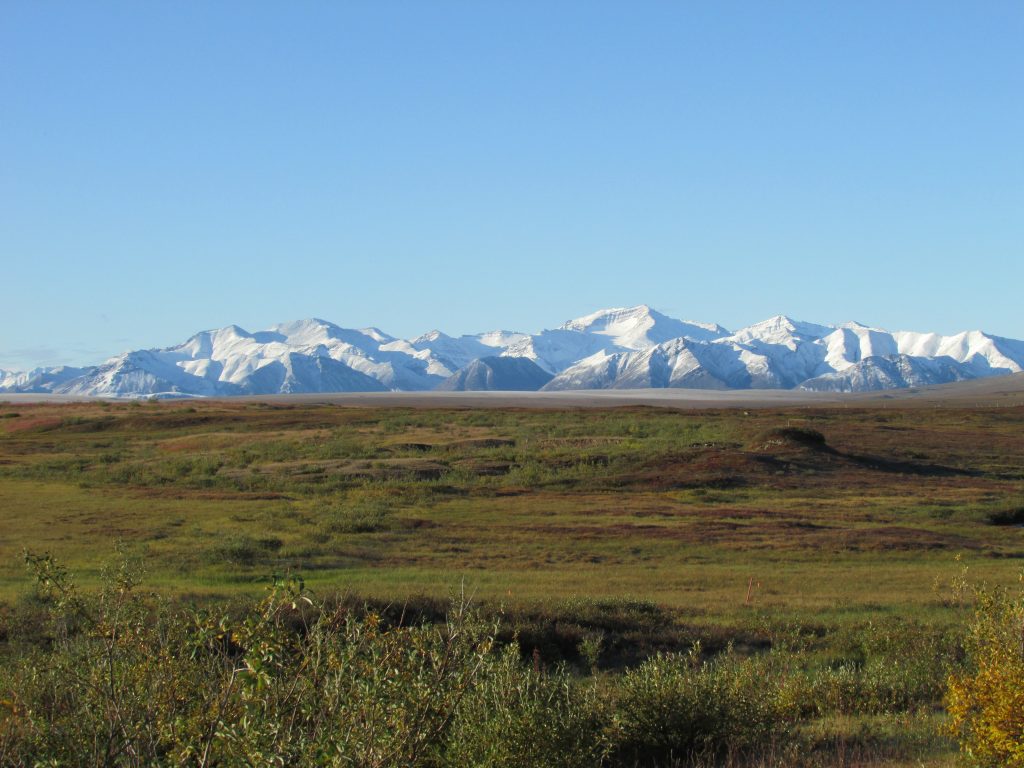
The arctic tundra ecosystem at Toolik Field Station with the Brooks Range in the background.
(Image by Daniel Obrist)
Human activity has been a major source of mercury pollution in the Arctic, and a new study has identified the form most often taken by the pollutant: gaseous elemental mercury (GEM). The News & Views article discusses how the Arctic tundra acts as a major sink for mercury, as the local plants uptake GEM from the atmosphere; and what this means for the global mercury cycle as global temperatures warm. Isotopic data collected in the original study by Obrist et al.reveal that GEM accounts for 90% of the mercury in plants, and the uptake of GEM by plants is especially high in the summer. Since plant matter decomposes into the soil, the Arctic soil may soon become a substantial mercury sink.
Authors:
Daniel Obrist, Yannick Agnan, Martin Jiskra, Christine L. Olson, Dominique P. Colegrove, Jacques Hueber, Christopher W. Moore, Jeroen E. Sonke & Detlev Helmig
Corresponding N&V author:
William Shotyk, University of Alberta, Edmonton, AB, Email: shotyk@ualberta.ca
Original paper published in Nature on July 12, 2017.
Associated News & Views article by a Canadian author published in Nature on July 12, 2017.


